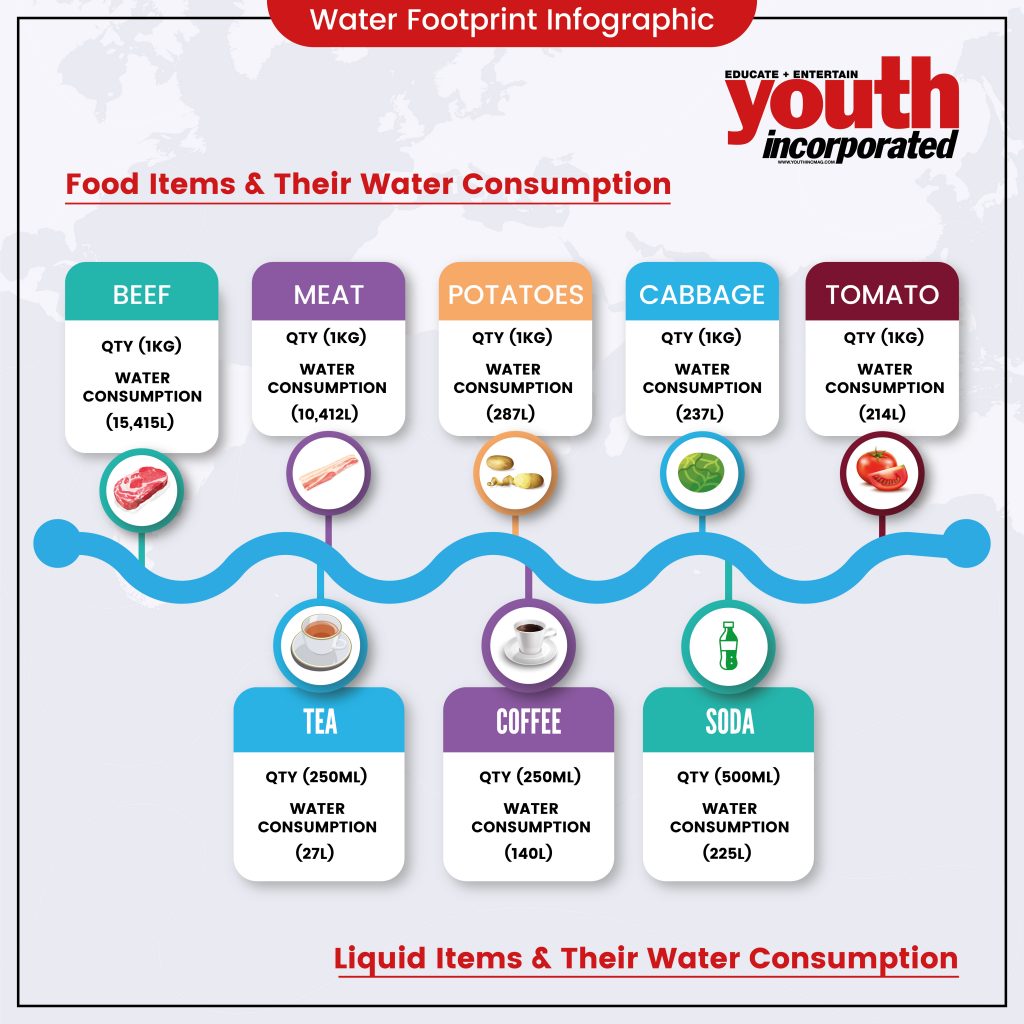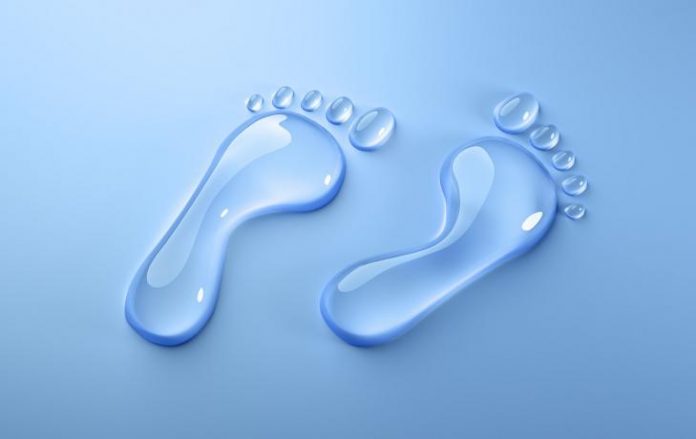Did you know that to produce 1 kg of chocolate, around 17,196 litres of water is used in the process? Even more shocking is that hardly anyone has the vaguest idea of how much water goes into manufacturing our favorite consumer products, from the field to factory.
Water from many different resources such as rivers, lakes, and aquifers has been depleted by corporations over the years. For many companies, freshwater is a basic component for their operations. But a lot of water has also resulted in being wasted, affecting the prosperity of local communities around the world.
Product Water Footprint
A product water footprint informs us how much pressure that product has put on freshwater reserves. By calculating the volume and the source of water consumed in the production of a commodity and making sure that water quality standards are met, we can get an idea of how a specific product contributes to the growing problem of water scarcity and degraded water quality. If water footprint goes unchecked, the world could face insufficient freshwater availability for all.
But the question remains.
How much water is needed for the production of food and how much do we waste?
Recent changes in lifestyles and eating habits are requiring more water consumption per capita with the population on the rise. Almost 50% of all food produced in the world ends up as waste every year according to figures from the Institution of Mechanical Engineers.
Big supermarkets have also been held responsible for food waste by rejecting crops of edible fruit and vegetables which don’t meet their exacting standards for their physical characteristics, such as size and color.

If you have a look at the picture above, it shows typical values for the volume of water required to produce common foodstuffs. Meat production needs a much higher amount of water than vegetables to be produced. To produce 1kg of meat requires 15,415 litres of water whereas to produce 1kg of potatoes requires around 287 litres of water. Isn’t that a staggering number?
Tea, coffee, and soda use the least amount of water in comparison to meat according to the list. Compared to the production of meat, vegetables require less water.
The 4 R’s- Reduce, Reuse, Recycle and Refuse.
The general idea of water labeling is that quantifying water inputs, like nutritional and calorie labels on the back of food items. It will help to impact purchasing habits and encouraging consumers to resist highly water exhaustive products. It would add pressure on the private sector to come up with such schemes to provide further information. It would create an incentive for product manufacturers to scale back unnecessary waste and awaken consumer awareness about water insecurity.
Though this scheme is still in theory, non-profit organizations such as the Water Footprint Network, for example, have proposed worldwide standards for companies to calculate water consumption. But the major manufacturers are still some way from agreeing on a common approach.
Almost three billion people are living in areas with water scarcity while other water bodies are running dry. Countries like Somalia, Ethiopia, Kenya, and South Africa face an extreme amount of droughts which is why we should take our water footprint seriously and be more efficient with our water. The product water footprint can help us categorize where there are opportunities for water footprint reduction and developments in resource efficiency.





























